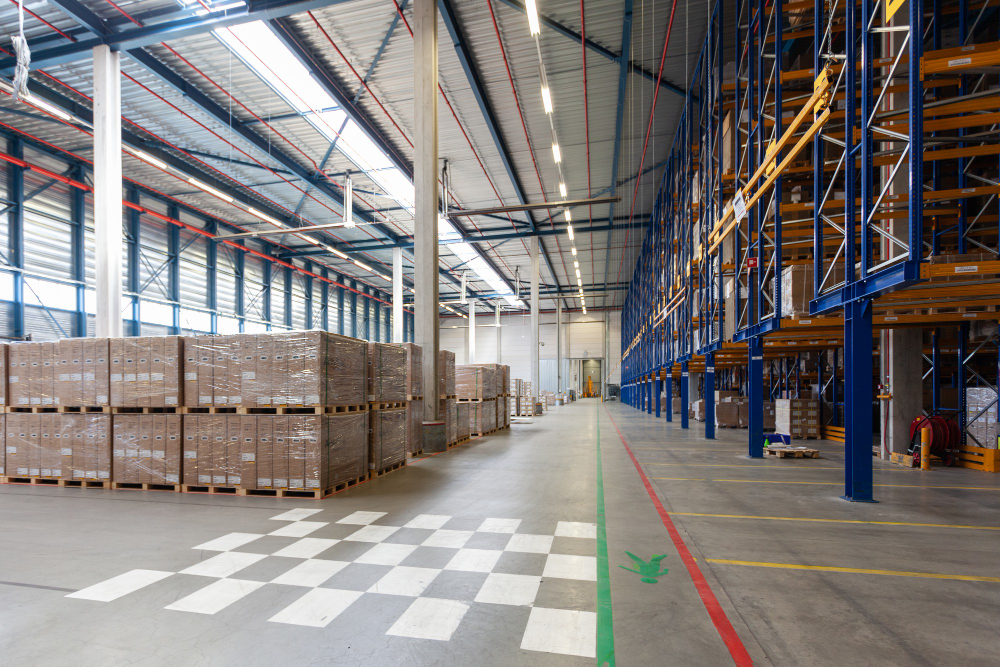
Good ventilation is key to keeping industrial spaces safe and running smoothly. These places face unique challenges because of their harsh conditions. A high-quality air system maintains a safe environment by regulating the temperature and keeping the air clean.
Investing in the right systems can improve safety and save money on energy costs. This article explores the essentials of industrial ventilation systems and their impact on marine and offshore environments.
Essential Investments for Optimizing Industrial Ventilation Systems
Improving ventilation bolster system efficiency and contribute to safer and more reliable operations. Here’s what to consider when upgrading your industrial ventilation:
Pre Insulated Air Ducts
Investing in pre insulated air ducts is crucial for environments exposed to extreme temperatures. These ducts help maintain consistent air temperatures as they travel through the ventilation system. They reduce energy loss and prevent condensation. The ductwork is not only more efficient, but it is also protected from corrosion and moisture damage.
High-Quality Filters and Purifiers
Pollutants can accumulate quickly in closed environments like ships and offshore platforms. High-efficiency particulate air (HEPA) filters and other advanced purification systems can trap a wide range of airborne particles including dust, pollen, mold spores, and bacteria. Regular replacement and upgrades of these filters ensure ongoing protection and air quality.
Advanced Control Systems
Advanced control systems automate the adjustment of airflow and temperature based on real-time environmental data. These systems can detect changes in air quality or temperature and respond automatically ensuring optimal conditions are maintained consistently. Such technology enhances comfort and helps in energy conservation.
Regular Maintenance and Upgrades
To keep a ventilation system running at peak efficiency, regular maintenance is essential. This includes routine inspections, cleaning of ducts and components, and timely repairs or replacements. Setting up a maintenance schedule prevents unexpected breakdowns and ensures the system operates efficiently year-round.
Training and Safety Measures
Ensuring that all personnel are properly trained on the operation and maintenance of the ventilation systems is another vital investment. Well-informed staff can better manage and troubleshoot systems leading to quicker responses to issues and less downtime. Additionally, regular safety drills and training updates can help in maintaining a safe working environment.
Key Considerations When Investing in Industrial Ventilation
There are several key factors to consider when planning to improve or install new industrial ventilation systems. These considerations will ensure that the investment meets current needs and adapts to future requirements.
1. Durability and Resistance to Harsh Conditions
Marine and offshore environments are notorious for their severe weather conditions and high salt content. They can rapidly degrade standard equipment. It’s essential to invest in ventilation systems that are specifically designed to withstand these harsh conditions. Look for materials and components that are corrosion-resistant and endure extreme temperatures and humidity.
2. Energy Efficiency
Energy consumption is a significant concern for industrial operations. Choosing energy-efficient systems can lead to substantial cost savings over time. Consider systems that incorporate energy recovery ventilators (ERVs) or those with high-efficiency motors and fans. These systems reuse part of the energy that would otherwise be wasted reducing overall energy costs.
3. Operational Cost Implications
Beyond the initial purchase and installation costs, think about the long-term operational expenses. This includes maintenance costs, energy usage, and the potential need for future upgrades. Investing in higher-quality, slightly more expensive equipment upfront can often lead to lower total cost of ownership due to less frequent repairs and better energy efficiency.
4. Compliance with Safety and Environmental Regulations
Following safety and environmental regulations promotes safer working conditions and environmental responsibility. Ensure that your ventilation system complies with local, national, and international standards. This may include specific provisions for pollution control and worker safety in marine and offshore environments.
5. System Flexibility and Scalability
As operations expand or change, your ventilation system should be able to adapt to new demands. Consider systems that offer modularity or scalability allowing for expansions or modifications without requiring a complete system overhaul. This flexibility can be a significant advantage as it provides the ability to respond to changes in operational scope or capacity.
6. Integration with Existing Systems
For upgrades or retrofits, it’s important to consider how the new ventilation system will integrate with existing HVAC or control systems. Seamless integration can help in managing the systems more efficiently and may reduce installation costs.
Conclusion
Investing wisely in industrial ventilation is essential for maintaining a safe and efficient workspace. Choosing the right systems and making smart upgrades can greatly improve the conditions on ships and platforms. This not only keeps workers healthy and equipment functioning well but also saves money in the long run. With careful planning and consideration, businesses can ensure their ventilation solutions meet their needs today and in the future.
